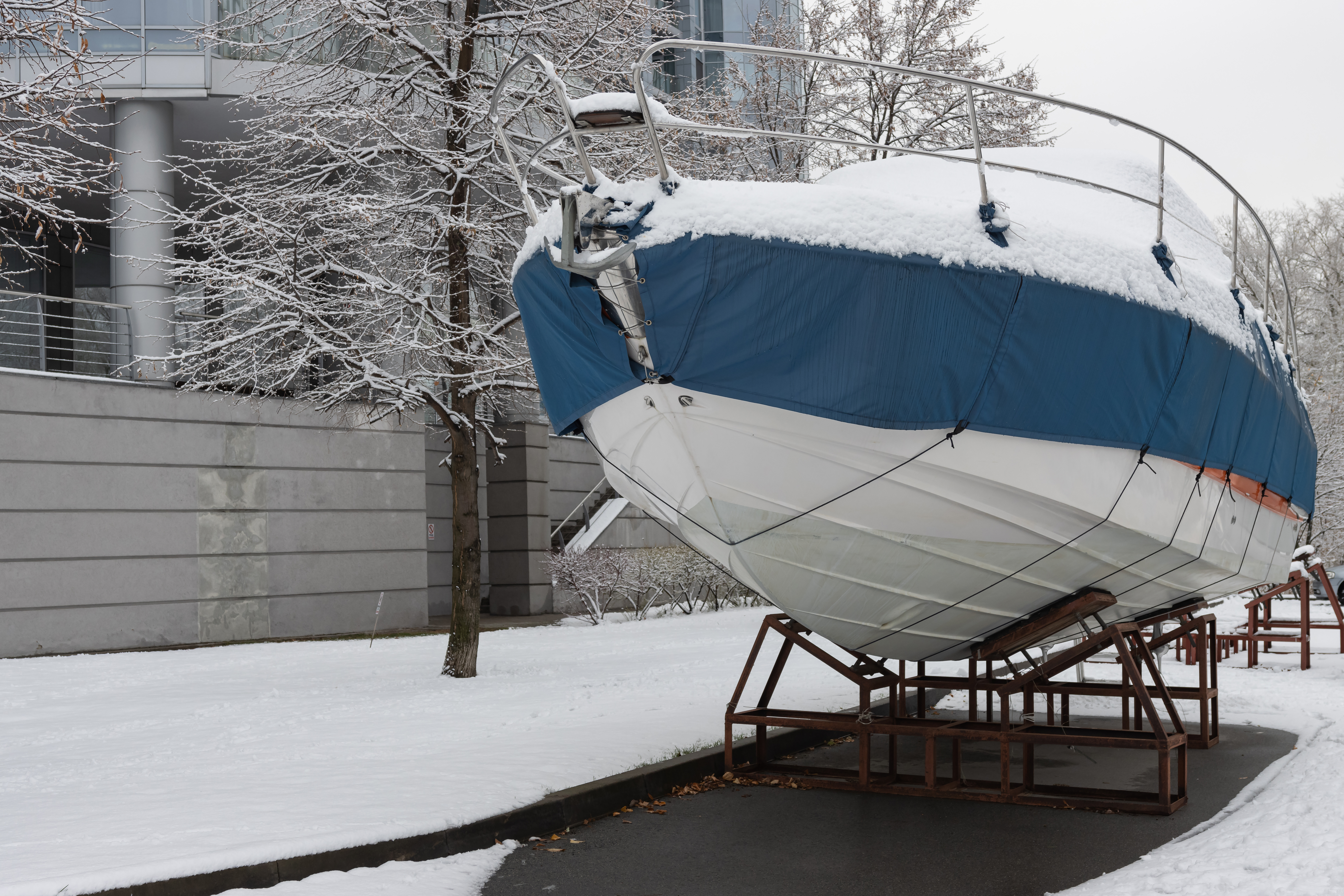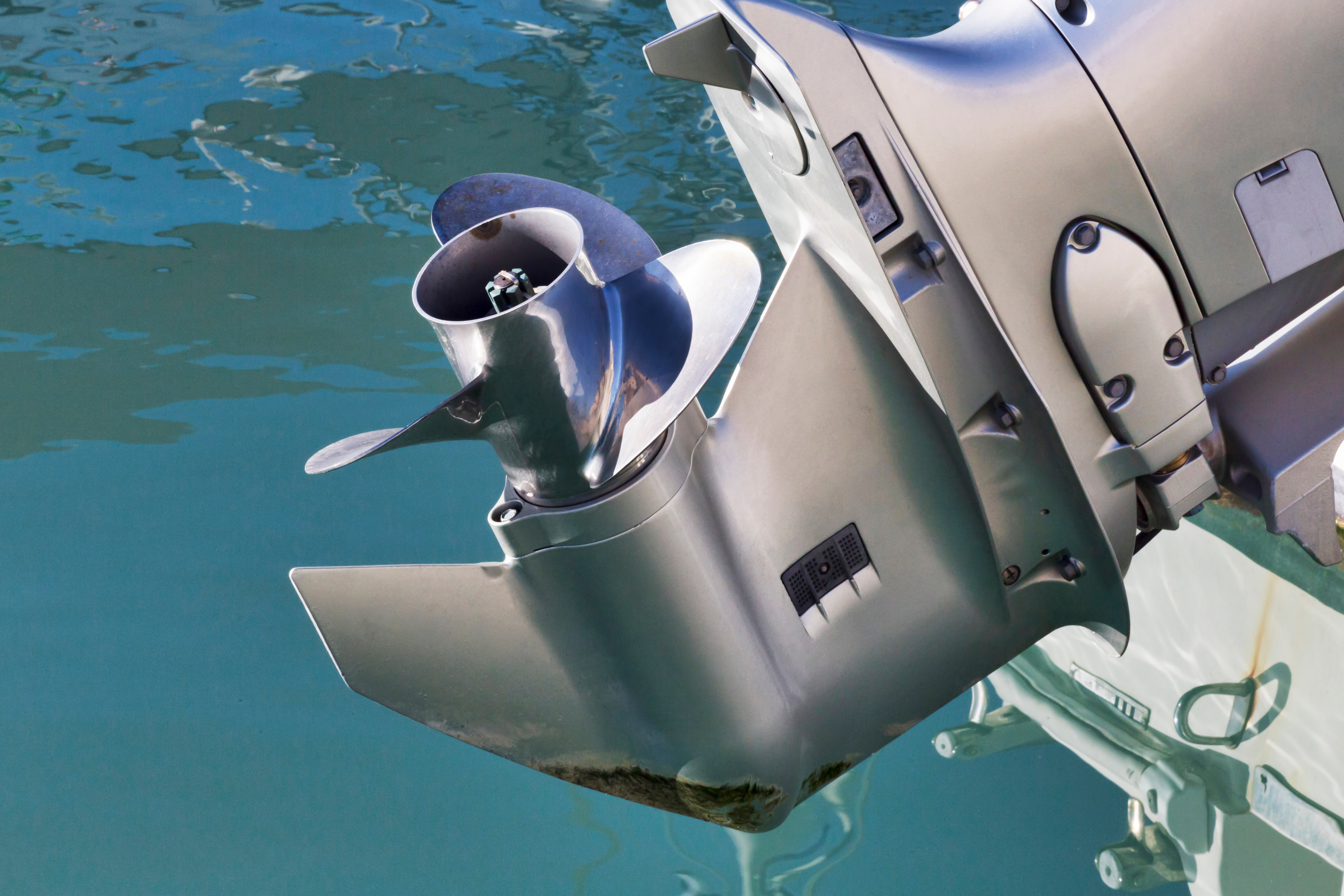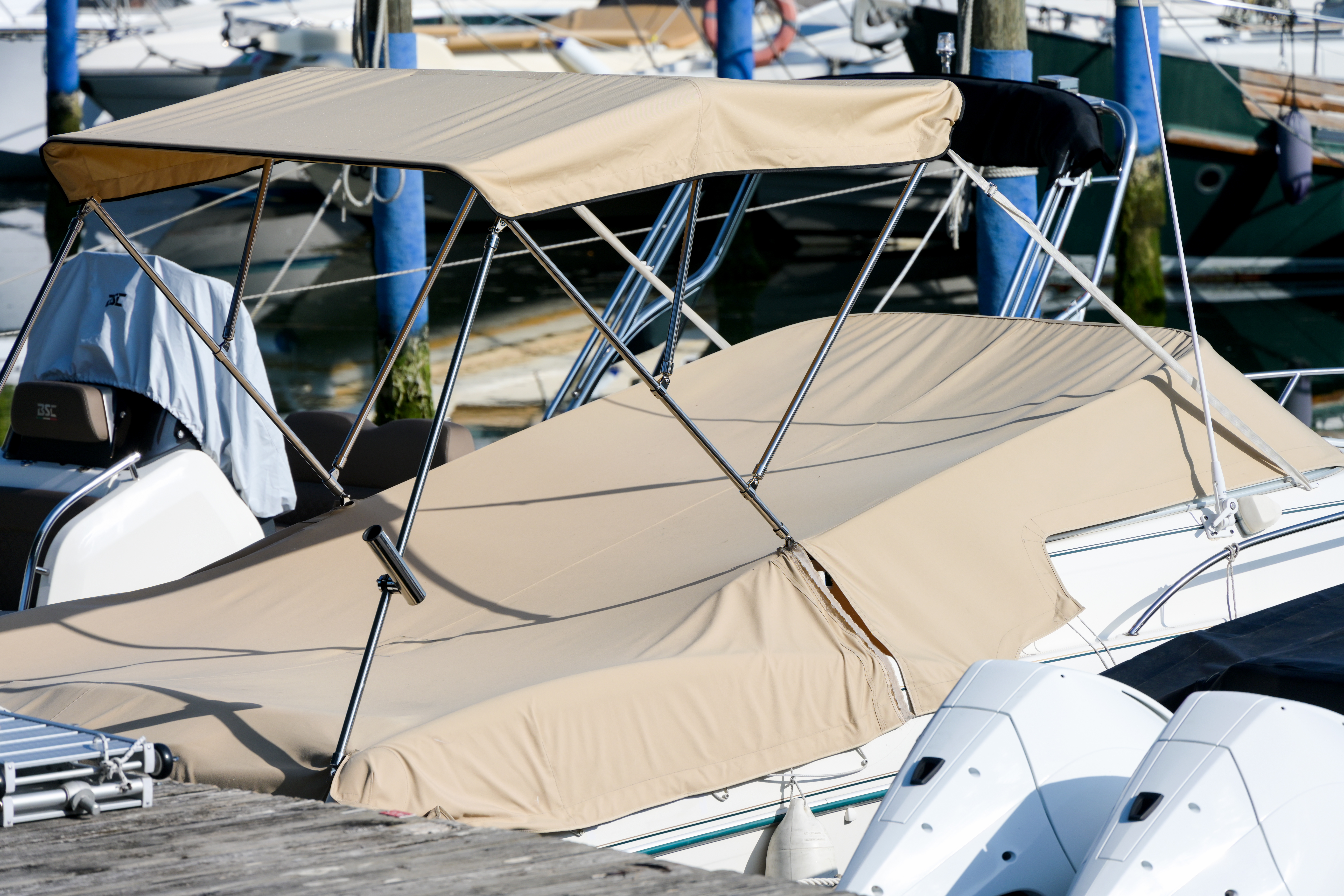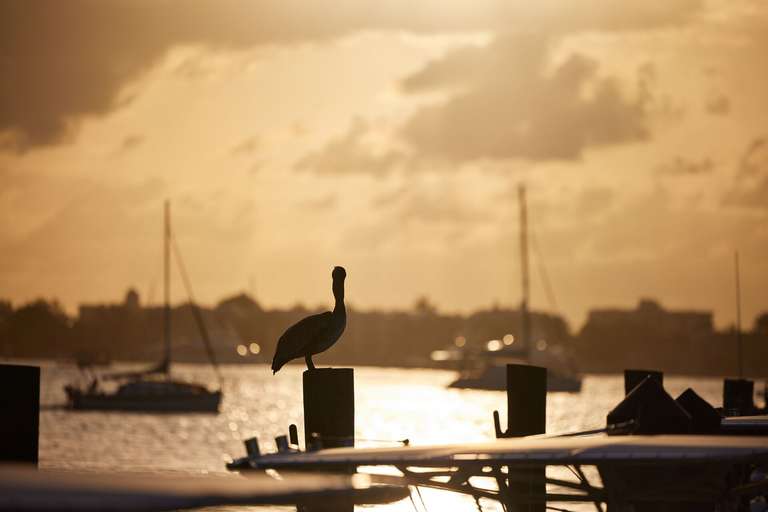Winterizing a Boat This Season: Our Expert Guide

In many areas, boating is not a year-round activity. Whether you live or boat in Texas or further north when the temperatures drop and it’s too cold (or icy) to be out on the water, winterizing a boat at the end of the boating season should be a routine part of your ongoing boat care and maintenance.
We realize taking your boat from “summer” to “winter” does take some time and effort. However, it’s time well spent considering the best things you can do to keep your boat in the best condition and ready for the next boating season. It’s also a crucial safety task that helps protect you and your friends and family when using your boat.
Even if the cold is not a factor for you as a boater, if you don’t plan to use your boat or it’s going into storage for some time off the water, a good “winterization” protocol helps keep your boat safe in storage so it’s ready when you’re ready to kick off the next boating season.
So, what should you consider when winterizing a boat this season (and every season)? Keep reading for our expert guide to caring for your watercraft and getting the most fun out of it every boating season!
Should You Winterize Your Boat Every Year?
We’ll go into more detail as you make your way through this guide, but the short answer is “yes!”
Unless you boat year-round, winterizing your boat for the cold season is one of the best ways to get the most out of your boat and your time on the water when the temperatures become “boat friendly” again.
As you probably realized when you purchased your watercraft (either new or used), boats are expensive! Continuing to put money into it just to keep it afloat gets costly very quickly.
Avoiding unnecessary costs for your boat starts by never skipping essential maintenance and upkeep tasks. Neglecting a winterization process or other routine maintenance can leave you with a boat that doesn’t function well (or at all) when you’re excited about launching for the first water outing of the season.
Spending money to fix preventable issues that you could avoid with a simple winterization checklist each season can take funds away from the time you can enjoy your boat on the water!
Remember: without properly winterizing your boat, it’s prone to cracking, bursting, and overall degradation.
Be Among the First On the Water Each Season
Sitting on the dock watching other people have fun on the water while your boat is out for repairs is a terrible way to start boating season.
Be among the first to hit the lake when your boat is already ready to go! Maximizing your time on the water with a well-running machine means you get the most out of your boat and time with friends and family every season!
However, precious boating days go to waste if you’re taking care of maintenance issues that should have been part of last season’s boat winterization.
While we will be the first to admit that winterizing is probably not the most fun aspect of owning a boat, we can also tell you that putting time and effort into a proper process leads to fewer lost days on the water next season.
Be the Safest Boat and Captain on the Water
Aside from fun, safety must be a top priority for boat owners and drivers.
Thorough, annual boat winterization helps you monitor every aspect of your boat, including catching potential problems early and preventing issues that could lead to safety hazards when it’s time to launch again next season. You and everyone on your boat can enjoy a low-stress experience when there is confidence in your level of care for your watercraft!
In addition to good boat maintenance, make sure you’ve also taken a boater safety course online. These courses help you learn more about your boat, safe practices on the water, proper boat care (like winterization), and what to do if something goes wrong while using your watercraft.
So, with these solid reasons to winterize in mind, we recommend following our checklist to protect your boat while it’s out of the water or not in use. Even if you don’t deal with hard freezes in your area, read this guide, keep it handy, and share it with a fellow boat owner!
Hiring a Professional vs. DIY Boat Winterization
With the checklist we'll get to shortly, any boater can winterize a boat on their own.
However, we don’t want to undersell it. Winterizing a boat is a complicated process. It’s not a hard task to complete, but we recommend proceeding with caution and following our guide for success. Then, after your first time through the process, you’ll be better prepared to do it again every season!
Of course, if you'd rather leave it to an expert or simply don't have the time to learn this process, paying a professional for boat winterization is common. Find a true “winterization” expert to care for your boat. The right professional handles this process efficiently without missing any steps, keeping your boat safe while not in use.
10 Tips to Boat Winterization: A Checklist
So, how do you winterize a boat? Check out our ten expert steps for how to winterize a boat!
1. Consult the Boat's Manual
Remember the manual that came with your boat? Find it and review it thoroughly before moving on to any of the next steps. Most boats have specific recommendations for winterization, so it's crucial to follow the manufacturer’s guidelines for your boat.
If you can’t put your finger on the manual (or you’re not sure one came with your new-to-you boat), Discover Boating can be an excellent resource for finding missing manuals.
With the owner’s manual in hand, it's time to winterize!
2. Process the Inboard Engine
This step is only for boats with an inboard engine. If you have an outboard motor, skip to the next step.
For your inboard engine, change the oil and filters. Flush the engine (or engines) with fresh water. Then, consulting the boat's manual, circulate antifreeze through the manifold.
Next, spray each cylinder with “fogging oil” to help protect it from corrosion. After that, spray a cloth with WD-40 and wipe down the engine. This displaces moisture to clean and protect the boat's engine.
3. Process the Outboard Motor
If your boat has an outboard motor, start with this step.
Flush the engine with fresh water and drain all water completely. Then, wash the exterior with soap and water, rinsing thoroughly.
Using the instructions in the boat’s manual, drain the fuel from the carburetor. Lubricate all parts and apply fogging oil on the pistons and cylinders. Apply water-resistant grease to the threads and propeller shaft, and add a light layer of wax to the engine’s exterior.
Finally, for this step, change the gear oil in the lower unit.

4. Check and Prepare the Stern Drive
Whether your boat has an inboard or outboard engine, this step applies!
Start with an inspection of the lower unit. If you see plants or barnacles, remove them all. Then, if your boat has a rudder boot, inspect it closely for pinholes or cracks.
Then, drain the oil from the gear case and check for excessive moisture. If you see a lot of moisture, you could have leaking seals that need repair before next season.
Wash the unit’s exterior with soap and water and grease all fittings. Finish by checking the fluid levels in the hydraulic steering or lift pumps.
Make sure you still have the boat’s manual nearby and check it when working through these steps. Apply specifics or additional recommendations from the manufacturer as you go.
5. Fill the Fuel Tank
Empty fuel tanks might seem like a good way to store your boat when not in use, but the opposite is actually true.
Even though you won’t be boating for a while, fill the fuel tanks at this point in the process. Doing this helps the tank (or tanks) avoid condensation build-up. After refueling, add a fuel stabilizer and change the fuel filter and water separator.
6. Empty the Bilge
Never store a boat with water still in the bilge. Empty and clean it with soap and water when winterizing a boat.
After it’s empty and clean, make sure it’s dry, then spray it with lubricant. Doing this helps displace moisture. If it’s tough to remove all water from the bilge, add a small amount of antifreeze to prevent remaining water from freezing during low temperatures.
7. Drain Freshwater Systems
If your boat has water heaters or a freshwater tank, it’s time to drain those, too, for complete boat winterization.
With these tanks and systems empty, run a non-toxic antifreeze through them. Next, turn on showers or faucets and let them run until you see the antifreeze run out. As a last step before moving on, add non-toxic antifreeze to the water heater.
8. Don't Forget the Head
Whether you’re working through your boat winterization at a dock or a marina, you'll need a proper place to empty the head (if your boat has one). If you don’t have this facility where you are, “head” to an approved waste facility and safely empty the holding tank.
Next, add fresh water to the bowl and flush several times to clean out the system for storage.
Before using cleaning products on the head, check the boat’s manual again. Some cleaning solutions can cause damage to the system, so avoid those.
After flushing and cleaning, add antifreeze to the hoses, holding tank, macerator, and y-valve based on the manufacturer’s recommendations.
9. Check the Boat’s Interior
Your boat’s interior is an important part of winterizing a boat!
Collect PFDs or life jackets, lines, flares, fire extinguishers, and electronics. Inspect each one and make sure they work properly. Clean everything, as well.
For any equipment that isn’t in good working condition, take it from the boat and replace it before it’s time to launch your boat again next season.
Then, check storage areas, lockers, and the fridge or freezer. Remove anything you find and clean each space thoroughly.
Before completing your boat’s winterization, turn cushions and pillows on their sides for good air circulation. Adding a humidifier or moisture and odor-absorbing product can help prevent moisture and mildew while your boat isn’t in use.
10. Cover Your Boat
Keep your hard winterization work safe and protect your boat for the off-season by covering it!
Many boaters use tarps, but if you have the budget, consider shrink wrap. It can offer a higher level of protection for the interior and exterior of your boat. A tarp can leave gaps where moisture (or critters) can get in, while shrink wrap fits your boat perfectly to protect it from the winter elements.

Bonus Tip: How to Store Your Boat
While you could walk away from your boat at this point feeling good about a successful winterization process, take time to consider your storage options while it’s not in use: out-of-water or in the water.
Out-of-Water Storage
While this requires lifting your boat out of the water, out-of-water storage protects it from water and sun damage. Dry storage also protects the interior of your boat.
When keeping a boat in dry storage, don't forget to:
- Clean props and shafts
- Remove batteries
- Pressure wash the hull
- Open seacocks for water to drain
- Clean thru-hulls and strainers
Many boaters choose out-of-water storage during the off-season, but storing your boat in the water also has benefits.
Storing Your Boat in the Water
If your priority is to get back out on the water as quickly as possible when the weather warms, storing your boat in the water could be the right solution for you. You won’t have to lower your boat back into the water from a dry dock!
To protect your boat while stored in the water:
- Close the seacocks
- Fully charge the battery
- Ensure float switches work and aren’t obstructed
- Check bilge pumps to ensure they are fully operational
- Check on your boat periodically (or confirm the marina staff does this)
When storing your boat in the water, make sure you have a bubbling system or de-icing device around the boat to avoid ice damage from freezing water.
Winterizing a Boat Improves Your Boating Season
Knowing when and how to winterize your boat leads to boaters having more fun (and time) on the water during boating season! Following these steps at the start of the off-season also reduces repair costs and extends the life of a vessel you love and plan to use for many more years.
We cover boat winterization and many other safety topics in our online, interactive ilearntoboat safety courses! Now is the time to learn more about this aspect of boat ownership so you’re ready for the upcoming season. Taking a boater safety course online helps you get ahead of the other boaters in your area with your license already in hand!
Click to find the course for your area and get a head start on the water before other boaters in your area! Our online courses make it easy (and fun) to learn valuable safety tips and earn your license anytime and anywhere that works for you.



